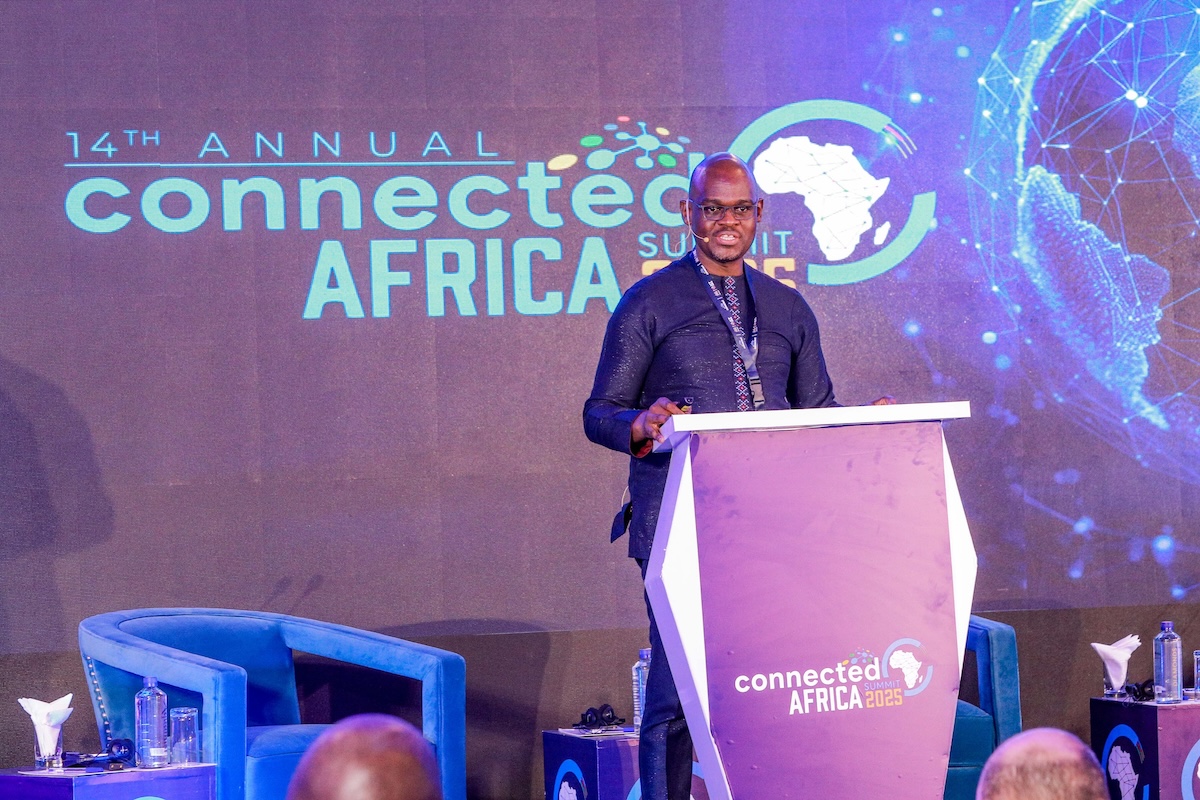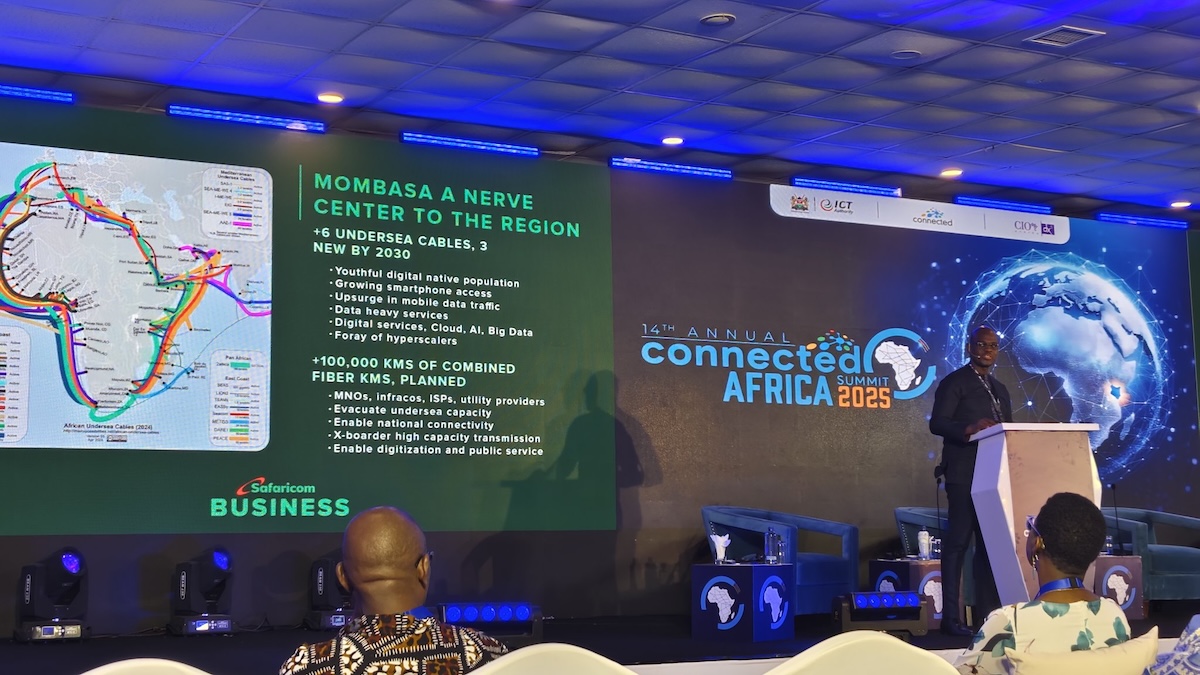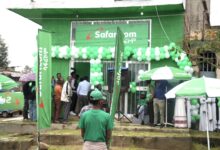
According to the latest data from GSMA, Sub-Saharan Africa remains the least connected region globally. While mobile internet access is expanding, a significant usage gap persists.
In 2024, GSMA notes that 27% of the population in the region was using mobile internet services, leaving a 13% coverage gap and a 60% usage gap.
Speaking at the Connected Africa Summit 2025 in Diani, Bernard Muteti, Director Enterprise Solutions, Wholesale & Carrier, at Safaricom PLC, noted that infrastructure sharing could help reduce this gap.
In countries like Kenya, infrastructure sharing among internet and mobile operators is a growing trend, driven by factors like cost optimisation, environmental conservation, and network expansion. While infrastructure sharing is encouraged, the level of sharing remains relatively low, and according to Muteti, there are opportunities to further optimise its utilisation.
‘’Operators like Safaricom and Airtel are leveraging shared models to extend their network reach, entering mutually beneficial agreements that reduce duplication, save costs, and even lower environmental impact by reducing emissions and excavations,’ Muteti said.
When you look at the current infrastructure-sharing models available in Kenya, there are different classifications: Infrastructure Owner, Infrastructure User (Tenant), Commercial Agreements between parties and Shared Components, such as passive infrastructure (e.g., mobile towers).

Muteti said the simplest model is passive infrastructure sharing, where mobile towers, physical security, and site management are shared among operators, bringing economies of scale and greater service availability.
He challenged regulators to create the right regulatory framework, one that maximises the benefits of sharing while minimising the downsides.
‘’This involves offering national-level incentives, setting quality-of-service parameters, ensuring fair pricing and monitoring anti-competitive practices,’’ he said.
At a regional level, different frameworks exist, but Muteti said there’s a growing need for harmonisation under regional integration agendas. For instance, COMESA’s Regional Optical Fiber Framework and Policy already advocates for infrastructure sharing as a means to improve internet access.
‘’We strongly believe that collaboration and policy alignment among governments, regulators, and industry players are key to unlocking the full potential of digital connectivity. Together, we can build an open and interoperable ecosystem, recognising infrastructure not just as a tool, but as a critical societal asset.’’
”At Safaricom, we believe in innovative solutions like fibre data sharing models, open access networks, and regional harmonization to accelerate connectivity, reduce costs, and transform lives across the continent.” he said
According to the Kenya Telecoms Market Report, in 2025, the country is expected to see a significant advancement in ICT infrastructure, with a strong focus on infrastructure sharing to improve internet and mobile connectivity. This includes both government initiatives and private sector investments in areas like fiber networks and 5G rollout. The goal is to expand internet access, particularly in underserved areas, and leverage mobile network infrastructure for broadband connectivity.
”Digital transformation is not just about technology; it’s about creating opportunities, fostering connections, and improving lives. By building an open, shared, and harmonised digital backbone, we pave the way for an inclusive, innovative, and globally competitive Africa.” Muteti said.
Follow us on WhatsApp, Telegram, Twitter, and Facebook, or subscribe to our weekly newsletter to ensure you don’t miss out on any future updates. Send tips to editorial@techtrendsmedia.co.ke




